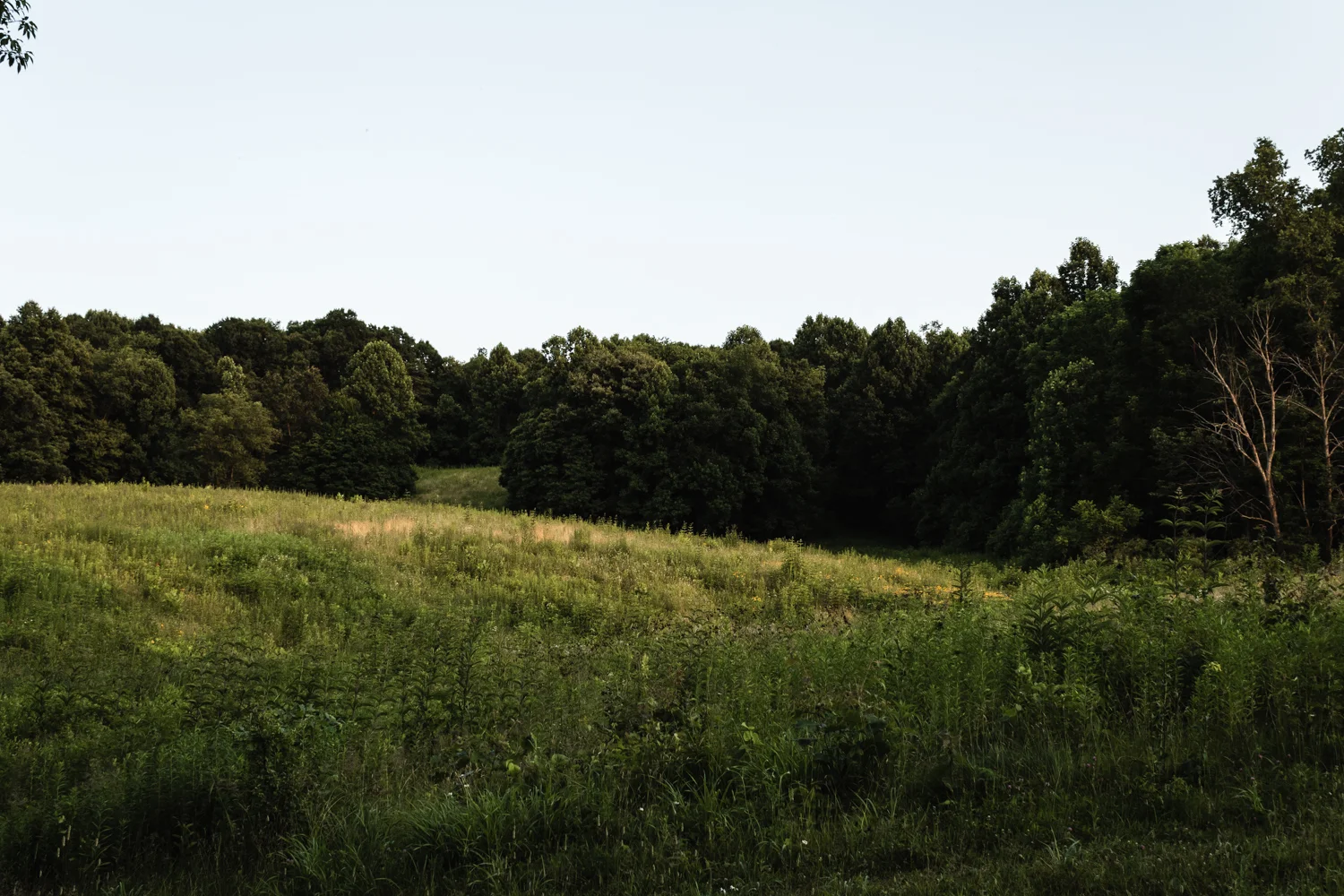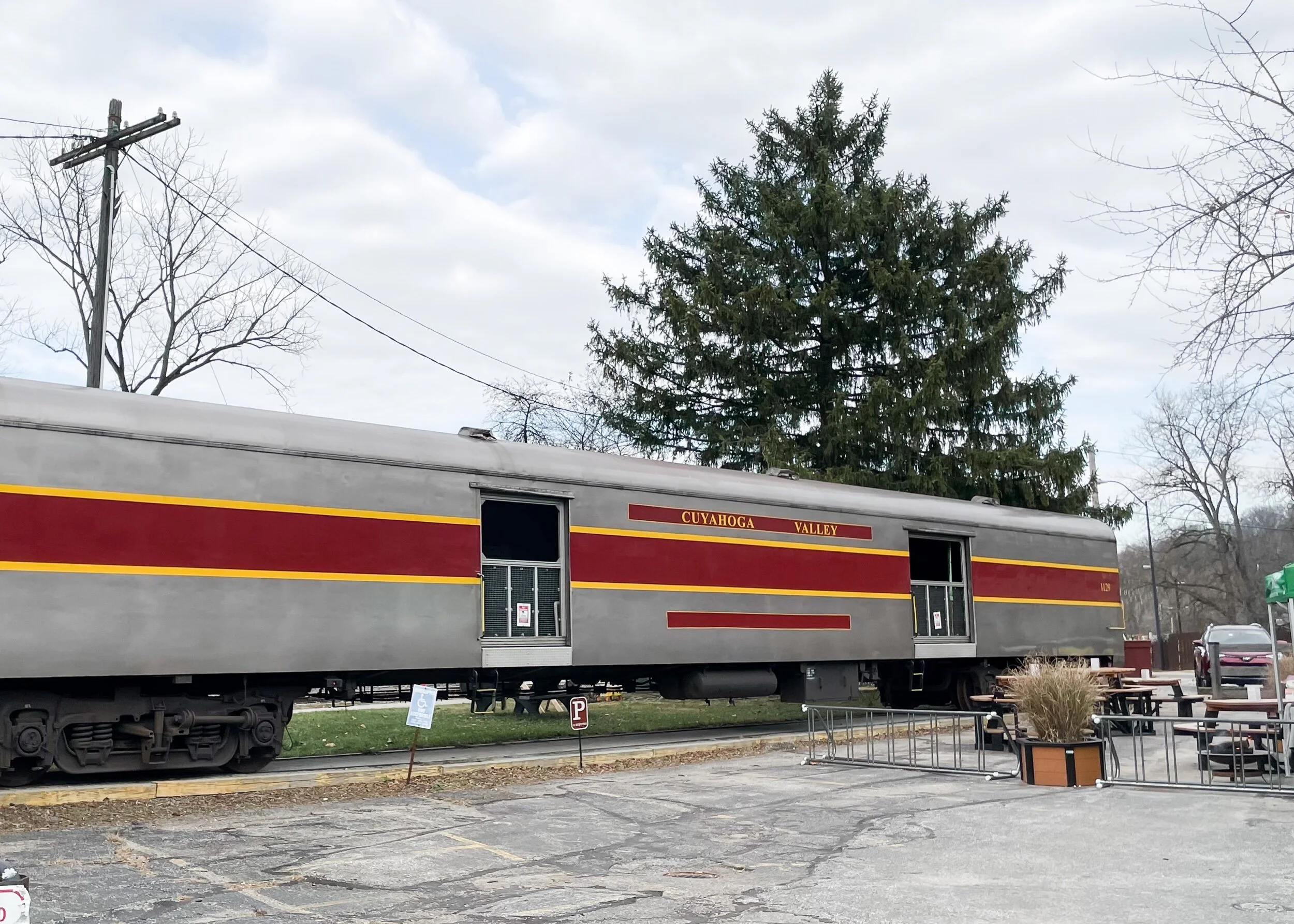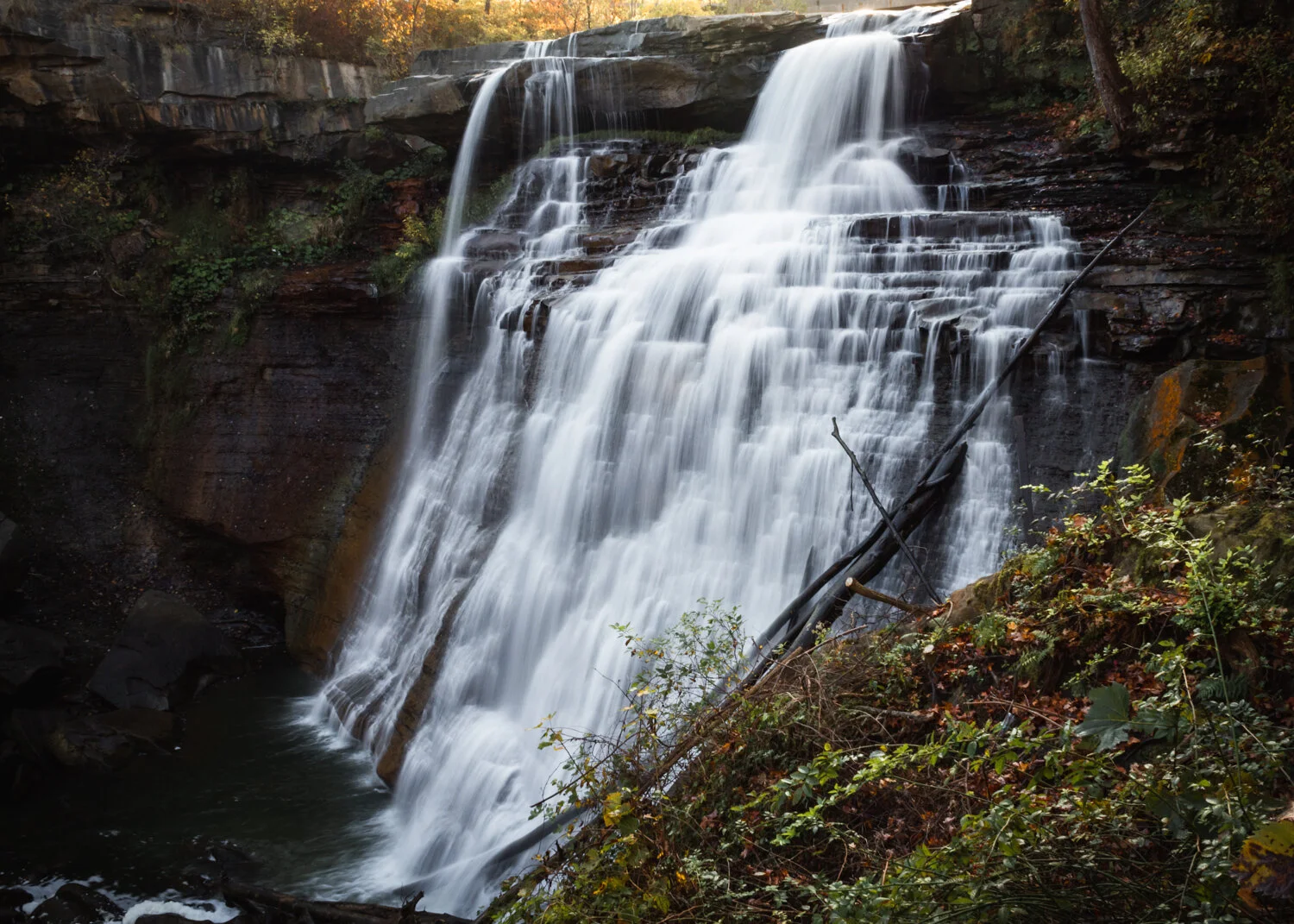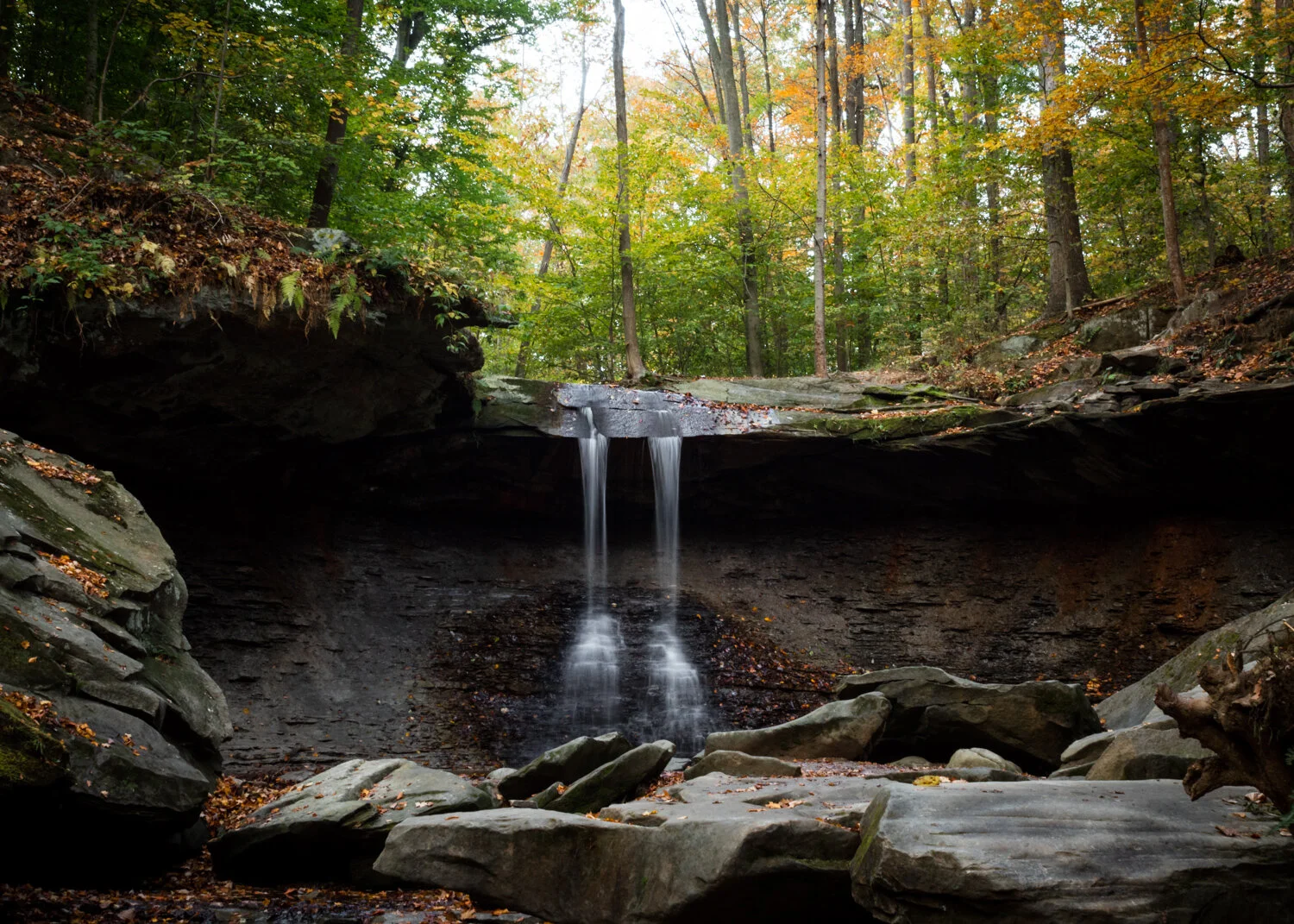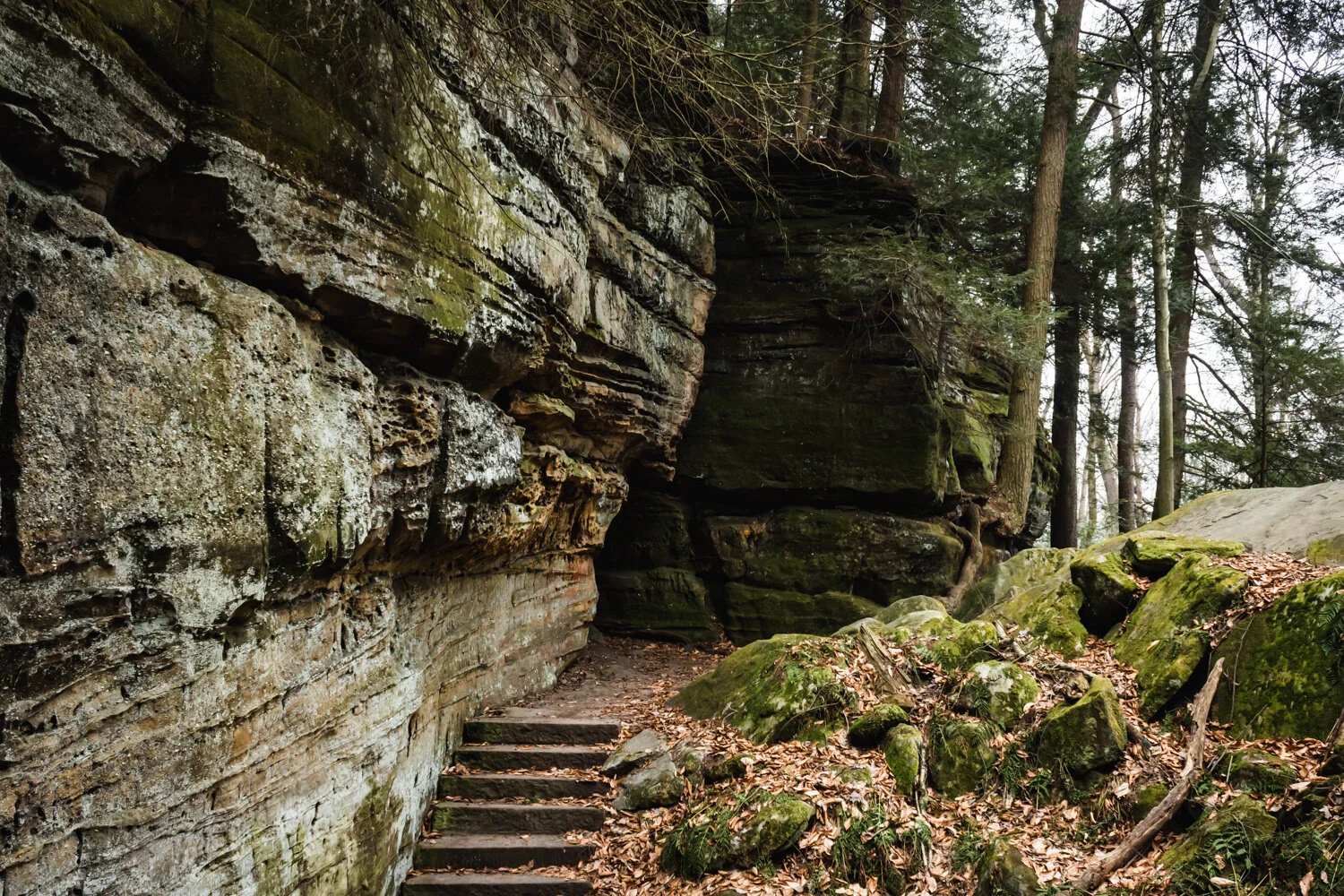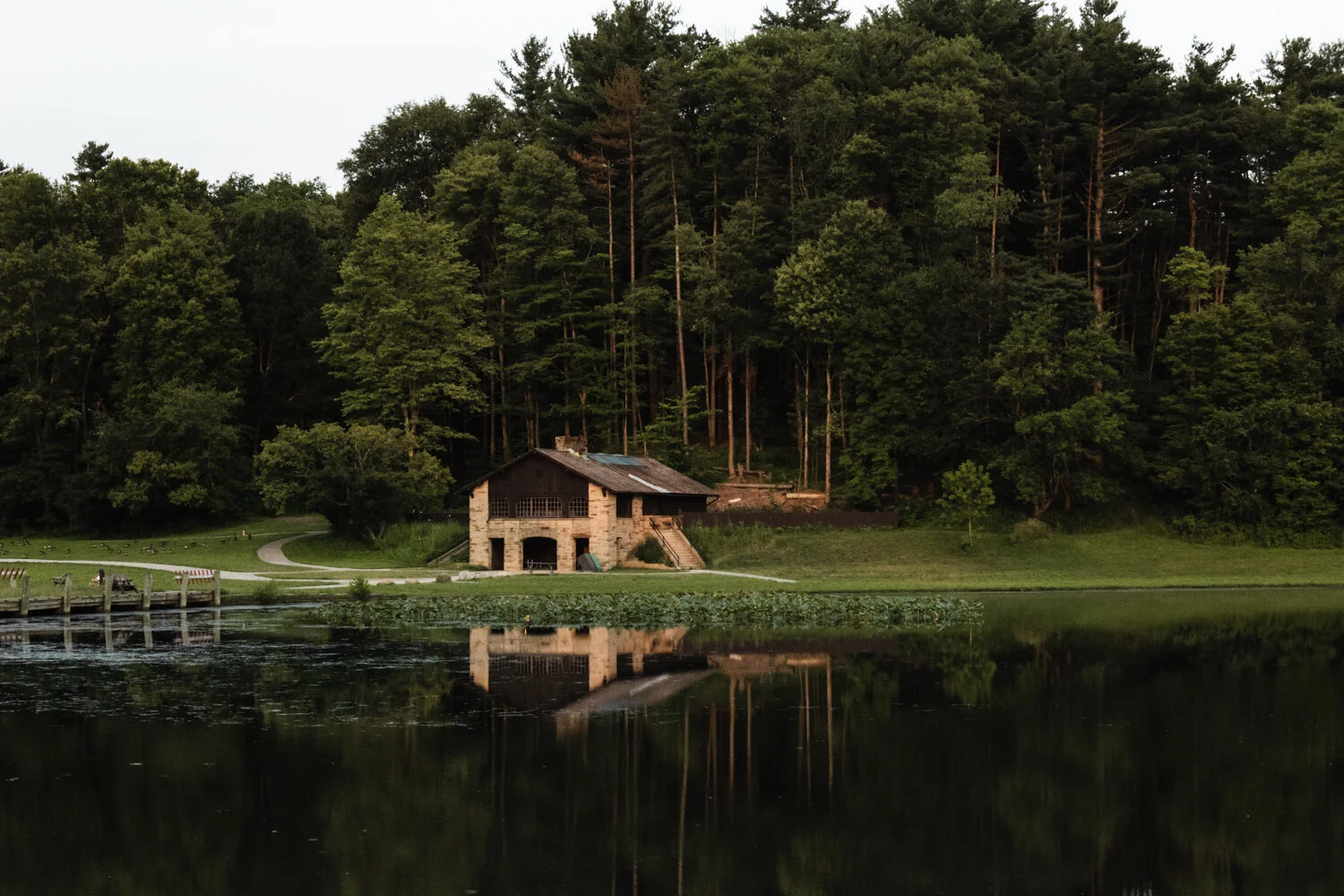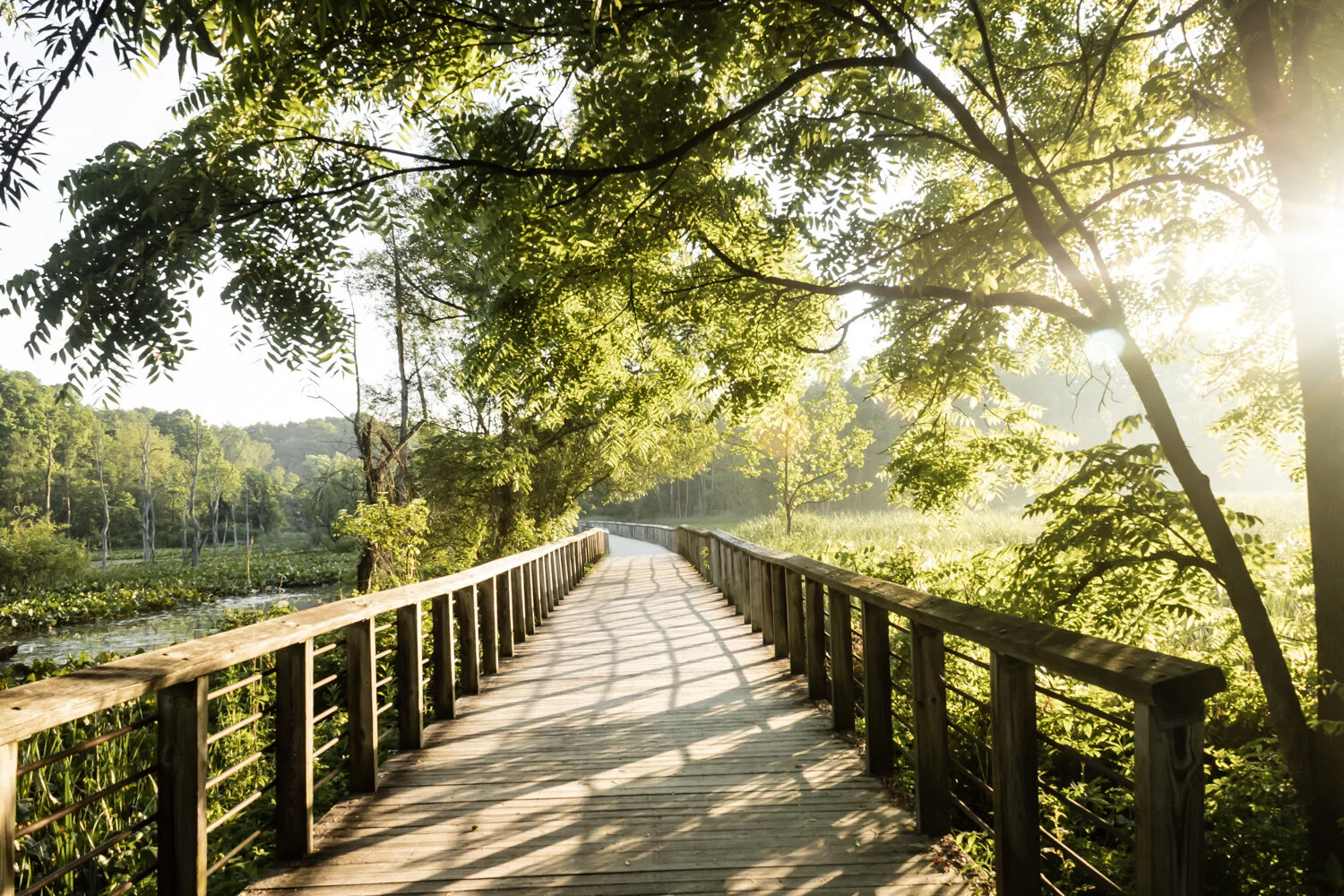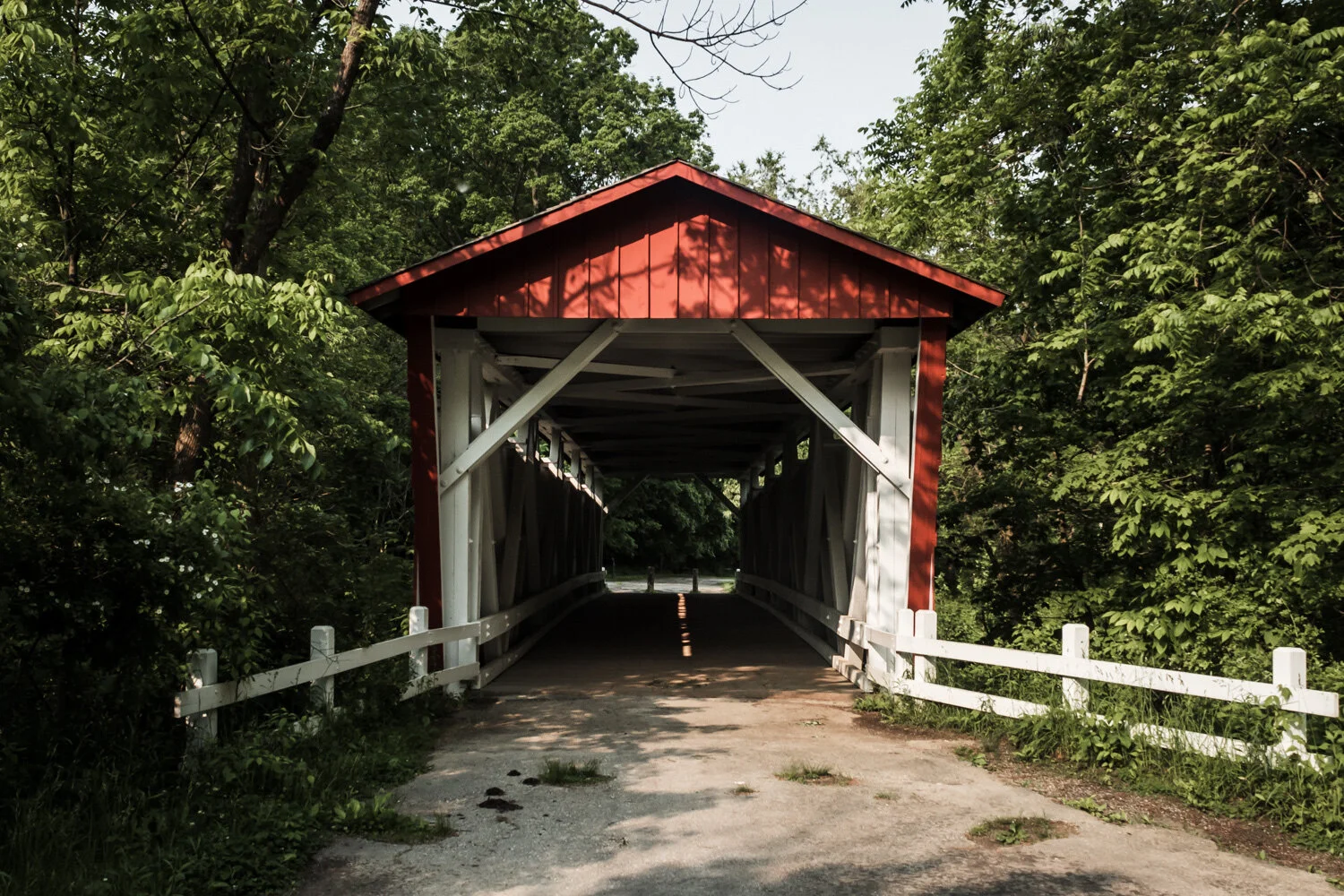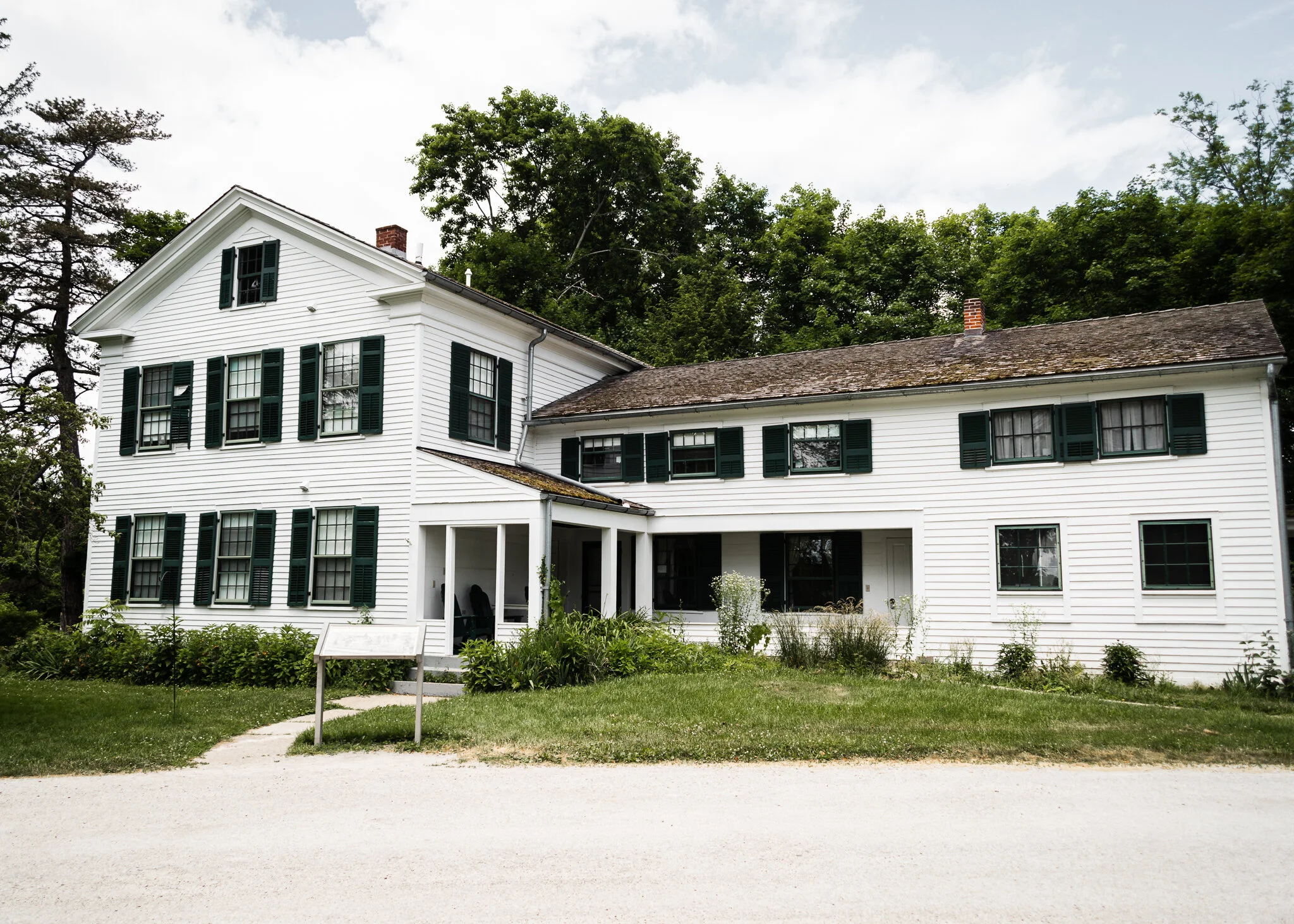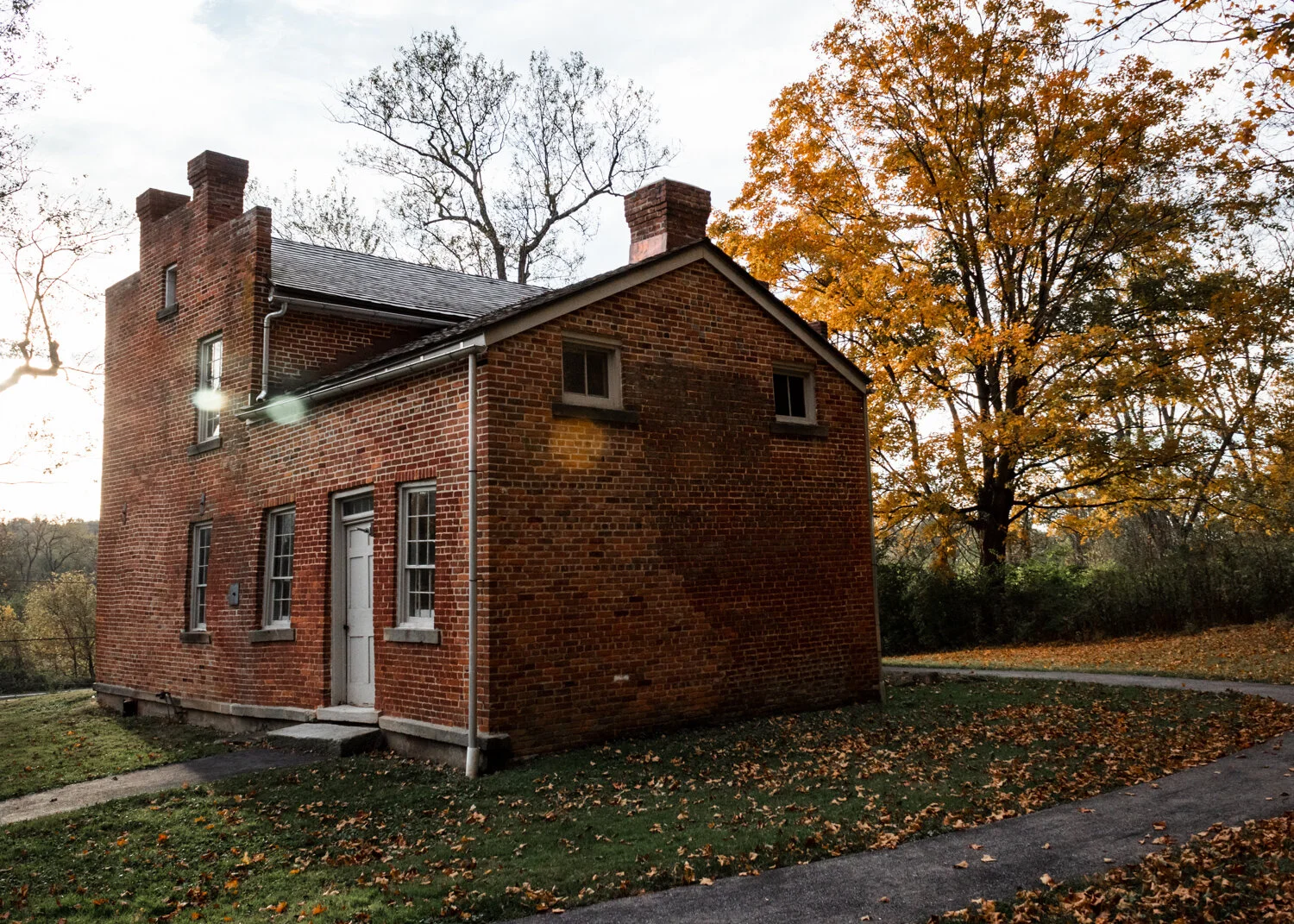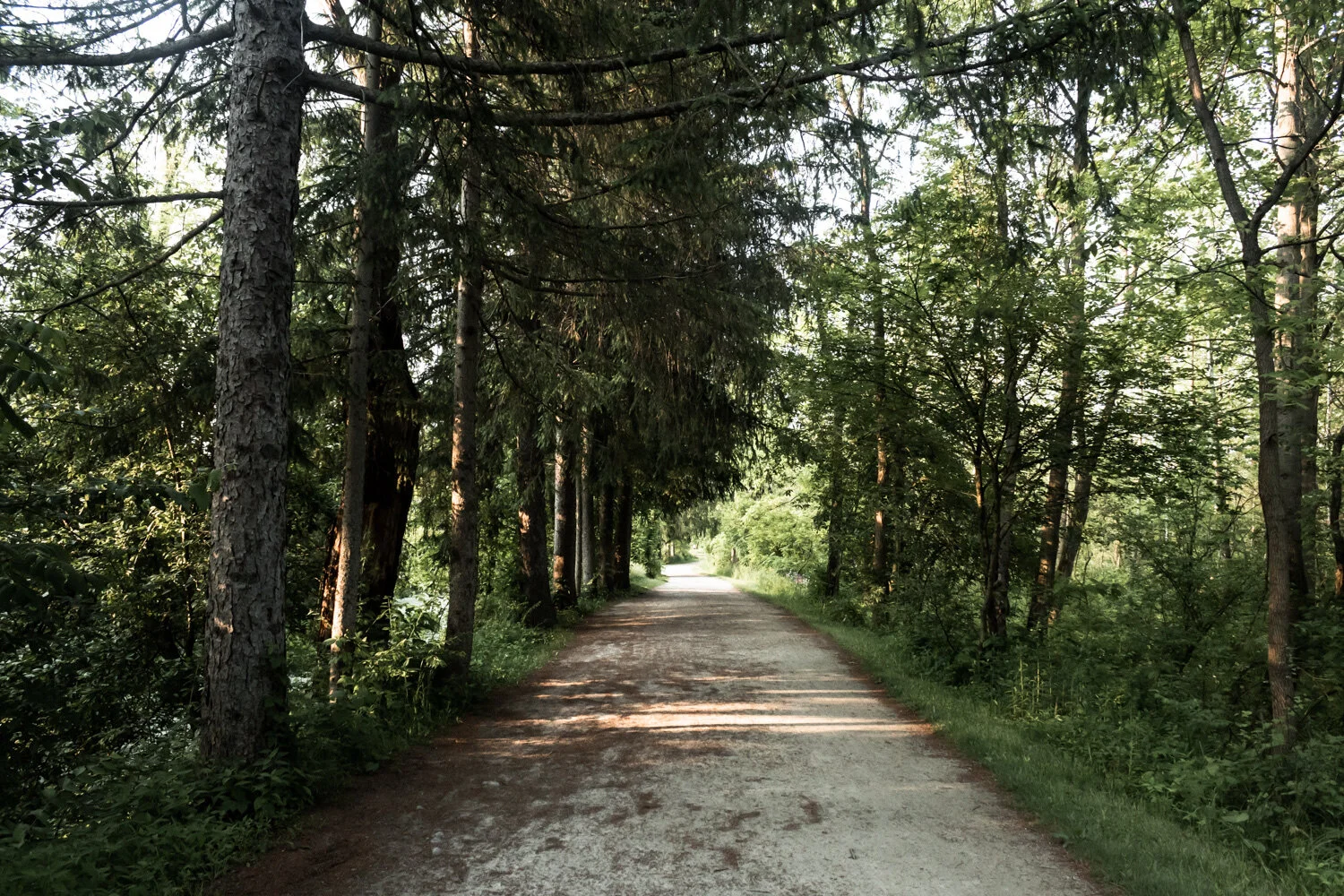The Complete Guide to Cuyahoga Valley National Park
Post summary: Everything you need to know about visiting Ohio’s only National Park, including when and where to stay, sites to see, and more.
Cuyahoga Valley National Park (Kai-a-hoga), or CVNP to most, is often forgot about due to it being located in Ohio. When people think of national parks, they instantly think of places such as Yosemite or Yellowstone. Cuyahoga Valley is more of a reserve intermixed with cities. While there’s tons of trails and lakes, waterfalls, and ledges, you’ll also find yourself driving through towns or under highway bridges. The park combines historical, cultural, natural resources, and ecosystem renewals to make it unique and worth visiting.
Cuyahoga Valley National Park encompasses roughly 33,000 acres between the major cities of Cleveland and Akron, with the Cuyahoga River winding through it. I’ve been visiting this park for years as I live in the area so I’ve explored almost every inch of the park. Throughout this guide, I’ll be sharing all the information and history you’d need to know before visiting as well as what you should explore when here.
For starters, Cuyahoga Valley is a free national park, so you don’t need a permit or pay to get in. There are no entrances where you need to stop and check-in or get a pass; you’re free to drive to wherever you want in the park.
Know before you go
When to Visit
The best part about CVNP is that it’s a river valley located in the part of the country that changes colors with the seasons. Summer brings out gorgeous greens with temperatures averaging between 60-80 degrees. Fall brings out stunning foliage and colors that you can’t miss. Winter makes the park look like a winter wonderland with temps ranging from 27-48 degrees. And Spring is when everything is blooming.
But if you’re visiting for the first time, I’d recommend coming in the summer or fall to really appreciate the park.
Where to Stay
Spending more than one day in the area? Given the size of the park, there are limited options for places to stay. But since many cities surround the park there are tons of other options for places to stay at.
Inn at Brandywine Falls - This Greek Revival-style home has been renovated over the years, with 6 rooms available to stay in that overlook Brandywine Falls. The interior is decorated with elegant Ohio antiques. The Inn was built in 1848 by James and Adeline Wallace when the town of Brandywine Mills was thriving. It is now on the National Register of Historic Places. The current owner lives in the main house but encourages guests to roam around.
Shady Oaks Farm Bed & Breakfast - Located down the road from Brandywine Falls.
Official camping used to be located behind the Stanford House, but the park no longer offers camping; this includes backcountry camping and overnight parking in RVs.
Heritage Farms - Seasonally has one Garden Apartment, 10 primitive campsites, and 3 camp shelters all that can be reserved.
Getting There & Around
Cuyahoga Valley National Park is located about halfway between the major cities of Cleveland and Akron in Northeast Ohio, so it is very easy to get to the park and to get around inside of it.
By Car - There are multiple entrances to the park, with parking lots almost at every attraction, or on the side of the road if needed. Depending on where you’re coming from, you’ll want 271, 77, or I-80.
Parking is rarely an issue in the park unless you visit on a very nice weather day in the summertime, especially on a weekend. Most of the time though, you shouldn’t have any issues finding a parking spot since there’s parking at every major attraction.
By Airplane - The closest airports are Akron-Canton or Cleveland Hopkins International. Uber 0r Lyft would be able to take you to the park if you need a ride from the airport.
Where to Eat
The town of Peninsula offers a few restaurants within the park otherwise you’ll need to leave park boundaries to the surrounding cities for more food choices. The Conservancy for the parks runs two Trailmix stores in Boston and Peninsula which offer snacks. There’s also plenty of picnic areas throughout the park, located at almost all trailheads, some with grills. You could always leave the park to the neighboring cities if you want more food options.
Popular food options within the park boundaries:
Winking Lizard
Fisher’s Cafe & Pub
Interesting Facts About Cuyahoga Valley
Cuyahoga Valley became a National Recreation Area on December 27, 1974.
It was designated a National Park on October 11, 2000.
It receives about 2.2 million visitors each year, making it one of the most visited National Parks (as of 2016).
The Cuyahoga River is nicknamed the “Crooked River” for the way it winds. The river used to be so polluted, it caught fire a record number of 13 times.
Cuyahoga Valley was named the “Most Accessible” National Park in 2019.
Despite the urban edge of the park, there is a vast amount of wildlife.
The purpose of the park is to preserve and protect the “historic, scenic, natural, and recreational values of the Cuyahoga River Valley…”
The park is big into agriculture and is partnered with the Countryside Food and Farms.
Best Things to do in Cuyahoga Valley national park
Cuyahoga Valley is filled with activities and sights to see; including a few waterfalls, a scenic train, bridges, rock formations, roughly 250 historic structures, and more. Keep reading to learn about the most iconic spots to visit.
Boston Mills Visitor Center
Like with all national parks, you should visit the visitor center. In 2019, the brand new Boston Mill Visitor Center was built; where you’ll find a gift shop, maps, history, and more. The Boston Store next to it used to be the visitor center but is now a canal-building museum since the town used to be a major boat building village. The Boston Store building was originally constructed in 1836 to house the Boston Land and Manufacturing Company Store, but over the years has served as a warehouse, store, post office, and gathering place. There’s two parking lots near the store, the main one and the overflow lot. Located around them is the store, the historic MD Garage, the Trailmix gift shop, and the Towpath Trail.
Cuyahoga Valley Scenic Railroad
The Cuyahoga Valley Scenic Railroad is the number one thing you need to check out if you want to experience the entire National Park. The Railroad works with the National Park Service to provide transportation through the park while also being an educational program. It operates from January to October but is best in the Summer or Fall time because of the beautiful views. It has multiple different cabins with different experiences, as well as events throughout the year, including the popular Polar Express in the wintertime and the Steam Engine event in the fall. There’s three main boarding stations; Peninsula, Akron, and Independence, but there’s other stops along the way, and the tracks run throughout the park and some cities so you can catch a glimpse of it elsewhere.
Brandywine Falls
Probably one of the most popular spots here at the park is Brandywine Falls. Simply park in the lot, walk down the stairs on this stunning boardwalk and you’ll reach the 65 ft powerful waterfall with some interesting geological features. But to get the full effect of this part of the park, you must do the Brandywine Gorge trail to see just how deep the gorge is and watch the water and find some hidden gems and relaxation spots. There’s a decent-sized parking lot located here, with a large bathroom and access to the falls and the bike and hike trail with the Summit Metro Parks.
History of Brandywine: Back in 1814, Brandywine was used for its power. George Wallace built a sawmill, and soon grist and woolen mills were built too. Eventually, the Village of Brandywine grew around this to become one of the earliest communities in the Cuyahoga Valley, only to fall apart with the construction of the highway. However, remains of the mills and Champion Electric Co. (which was destroyed by lightning) still linger, as well as George’s son’s home which is now the Inn at Brandywine Falls. The Brandywine Gorge trail goes around the area for a great hike and stunning views.
>> Related: 10+ Waterfall Hikes In Northeast Ohio <<
Blue Hen Falls
Blue Hen Falls is another little waterfall here in the valley. After parking at the visitor center and hiking up and down the Buckeye trail, you’ll find yourself at the falls. This waterfall is fairly small but worth checking out as it’s another favorite here in the park. The park doesn’t seem to mind people climbing down the short ledges to the bottom of the falls, just be careful.
>> Related: Northeast Ohio: The Fall Hiking Guide <<
Virginia Kendall Unit
You can’t visit Cuyahoga Valley National Park without visiting the Ritchie Ledges (also known as Virginia Kendall Ledges) or Kendall Lake. The Ritchie Ledges are of Sharon Conglomerate, in which ancient seas and streams brought the sand and quartz pebbles. You can even see the waves of the ancient sea in the ripples of the ledges. Be careful with the ledges though, climbing is not allowed for obvious reasons. The ledges and the lake both have large parking lots with bathrooms and picnic shelters. There’s also the Octagon shelter parking lot which connects to the Ledges trail.
History of the Ledges: The Virginia Kendall Ledges are named after coal industrialist Hayward Kendall who bought the land in 1913 from William Ritchie, who the Ritchie ledges you see here are named after. Kendall used the land for a hunting retreat. When he died in 1927, he wanted his wife to make sure the land became the "Virginia Kendall Park," named after his late mother. Two years later, his wife gave 530 acres to the state of Ohio on the condition it was to be used as a park only.
The Beaver Marsh & Boardwalk
Head on down to the Beaver Marsh and look for some wildlife on this 70-acre wetland. This is another popular destination, due to the scenery of the Ohio & Erie Canal Towpath trail and the marsh. I’ve heard mornings and nights are best to locate the wildlife. Simply park at the Ira Trailhead lot and take a left onto the Towpath and you’ll pass one of the historical canal locks before reaching the marsh. This is a great location for sunrises and sunsets as well.
History of the Marsh: What was once an old salvage yard was turned back to a marsh in the 1980s by volunteers and returning beavers, who had built a dam across the canal. Today, you’ll find beavers, Great Blue Herons, otters, turtles, and more here at the beaver marsh. It was also designated as an Important Bird Area by the National Audubon Society.
Everett Road Covered Bridge
If you like covered bridges, then Everett Road Covered Bridge is the place for you. Getting here is easy, there’s a parking lot with a short walk to the bridge. You can even take a little side trail below the bridge to hang out by the water. There’s also a few hiking and bridle trails that begin in this area.
History of the Bridge: This bridge is the only remaining covered bridge in Summit County, where there used to be over 2,000 in Ohio in the 19th century. Back in 1877, a couple needed to cross Furnace Run, but due to the weather, they had to pass around the ford which caused the wife to be thrown into the stream. She was rescued but the husband lost his footing and fell, only to be dragged deeper by his horse and recovered days later. The construction date is unknown, so there’s no way of knowing if this was built in response to the tragedy or not, but it’s believed to have been built before the 1870s. When it comes to Everett road, workers found a burial mound with a tomb containing the remains and belongings of Native Americans from the Hopewell Culture, 1500-2100 years ago. While not creepy during the day, this bridge is no doubt a little creepy at night. There’s also rumored to be a ghostly hitchhiker between the road and the bridge.
Historical Structures
The park has about 250 historic structures, from residential to farming, and the focus is on restoring historic structures and the railroad, and the restoration of disturbed areas.
Frazee House is one of the most notable historical houses here in the park. The Cuyahoga Valley was a frontier that American’s wanted to expand to in the 1800s. Steven and Mehitable Frazee bought 190 acres in the Valley and provided a life for themselves. Frazee is a unique, brick, two-story home and was one of the first here in the Valley. Fun fact: Stephen sued the State of Ohio when the Ohio + Erie Canal cut his property in half and it’s believed the settlement was used to build the home. Frazee House is on the National Register of Historic Places. Across the street from here is an entrance to the Towpath trail as well.
Another well-known historical home in the park is Stanford House, settled by James Stanford in 1806. James was one of the original Boston Township surveyors before moving, but it was his son George who built the Stanford House. The Stanford family was big into farming and local politics. Today you can reserve the house for meetings and other events through the Conservancy for CVNP. The Stanford trail here connects to the Brandywine Gorge Trail.
Both houses have small parking lots with access to trails; the Stanford house though is unpaved and you can’t park anywhere but in the few designated spots.
>> Related: Explore Northeast Ohio’s Park History <<
Ohio & Erie Canal Towpath Trail
Canal Locks were a major aspect of the Valley’s history, and Ohio’s. In 1827, the Akron to Cleveland part of the canal opened, where workers from all over moved to the area for work. The local towns of Peninsula and Boston boomed with boat building. The canals also helped make the area more civilized. But with the building of railroads, the canal's success didn’t last very long, especially after the Great Flood of 1913. The Ohio & Erie Canalway is still a sight to see and is a National Heritage Area.
From 1827 to 1913, mules pulled canal boats up and down the Ohio & Erie Canal. The towpath trail, which runs along the old canal as much as it can, is 101 miles long, and a lot of it runs right down the middle of the park. There’s many different trailheads for the Towpath, my favorites are the Ira trailhead, Boston Store, Canal Exploration Center, and Station Road.
Today you can visit the Canal Exploration Center to learn all about it through interactive maps and games, and more. The center actually used to be a tavern, a general store, a residence, and a park visitor center before becoming a recent addition to the park.
>> Related: Explore History Along The Ohio And Erie Canalway <<
Other sites to see & do
Indigo Lake
Horseshoe Pond
Blossom Music Center
Szalay's Farm & Market
Hunt House/Farm Information Center
Happy Days Lodge
Hiking in Cuyahoga Valley
While Ohio may not seem like a hiking state, let alone hikes located so close to Cleveland and Akron, but there are over 125 miles of trails in the park, ranging from easy to hard, that will take you to waterfalls, hidden gems in the woods, wetlands and more. The trails in the park are pretty well maintained and typically range from half a mile to five miles, not including the Buckeye Trail (which runs through most of the state) or the Towpath Trail.
Top Trails:
The Ledges (2.2 mile loop)
Brandywine Gorge (1.3 mile loop)
Plateau (4.9 mile loop)
Kendall Lake (1 mile loop)
Hiking Gear & Tips to Know
Most of the trails range from mostly flat to hilly
Some trails get muddier than others after a rainfall
Ticks can be found on some trails in the summertime
Lots of bugs on muggy weather days
A hiking day pack is helpful
A reusable water bottle is a must
Appropriate hiking shoes & clothing
Trekking poles if needed
>> Related: Hiking In Cuyahoga Valley National Park <<
The Best Photography Locations
Cuyahoga Valley National Park may not be the first place you think of for beautiful places to photograph, that doesn’t mean there’s nothing here. Located between the major cities of Cleveland and Akron, CVNP is a place where urban meets wilderness and combines it into something truly spectacular. One minute you’ll find yourself walking under the Ohio Turnpike on the Towpath trail, next you’re deep in the woods on the trails or next to a waterfall.
Some of the best spots include:
Brandywine and Blue Hen Falls
Virginia Kendall Ledges
Beaver Marsh Boardwalk
Everett Road Covered Bridge
>> Related: Cuyahoga Valley National Park: The Photography Guide <<
Nearby Places to Explore
Enjoying the area and want to see more? Northeast Ohio has an abundance of beautiful places to explore.
Brecksville Reservation
Bedford Reservation
Hinckley Reservation
Richfield Heritage Preserve
O’Neil Woods Metro Park
Hampton Hills Metro Park
Two Day Itinerary for Cuyahoga Valley
Day One
Boston Mill Visitor Center
Blue Hen Falls
Brandywine Falls
Canal Exploration Center
Sunset Hike at the Ledges
Day Two
Sunrise at Kendall Lake
Explore downtown Peninsula
Hike the Plateau trail
Everett Covered Bridge
Explore the Beaver Marsh
>> Related: Spend The Weekend In Cuyahoga Valley National Park <<




